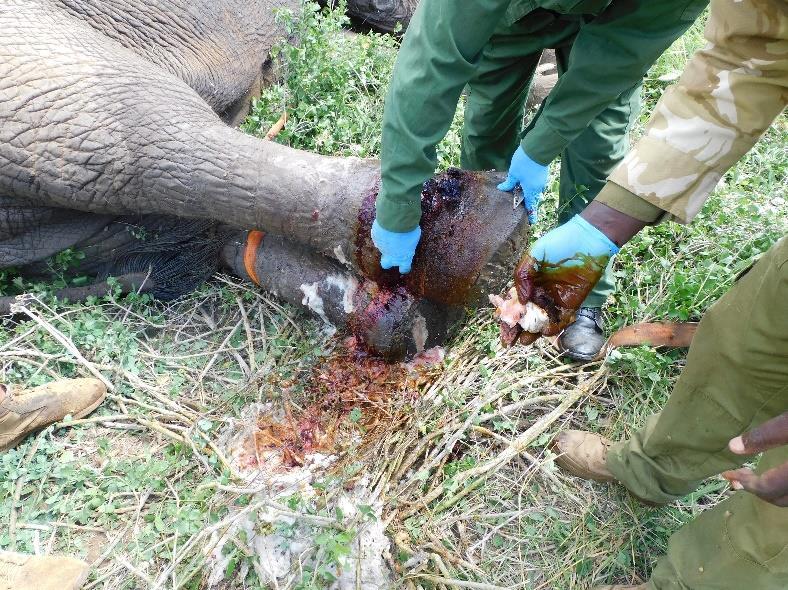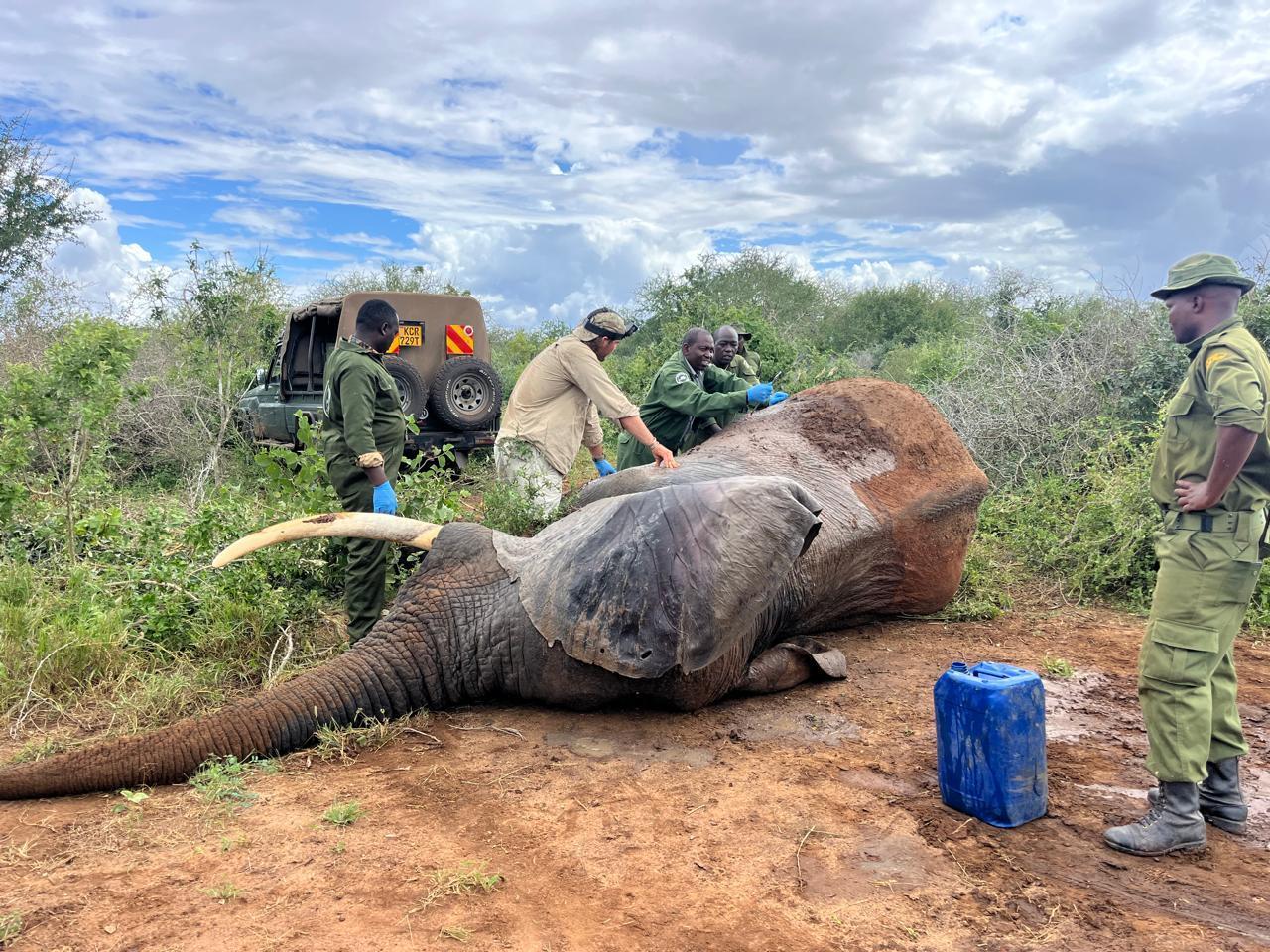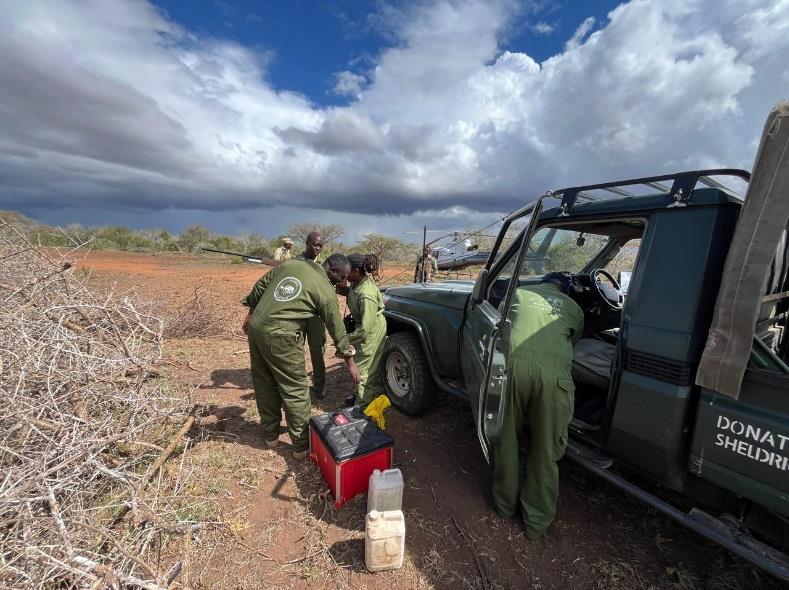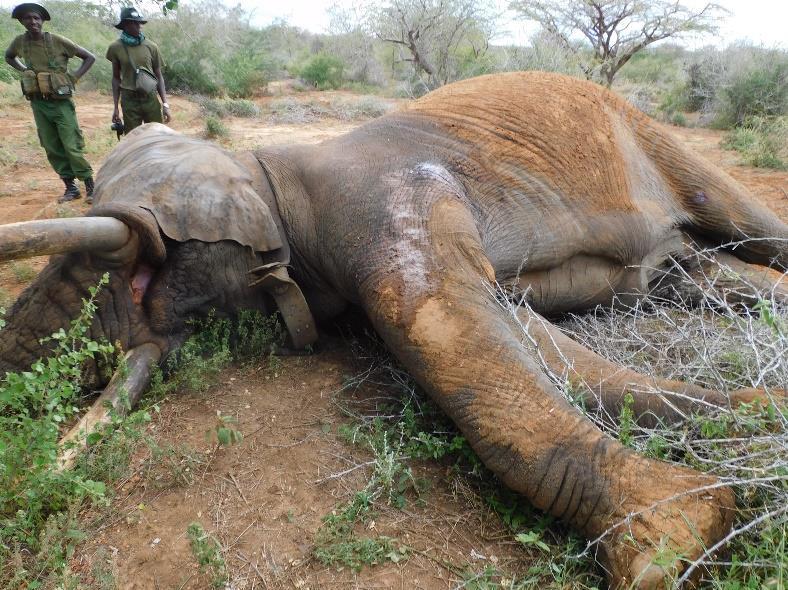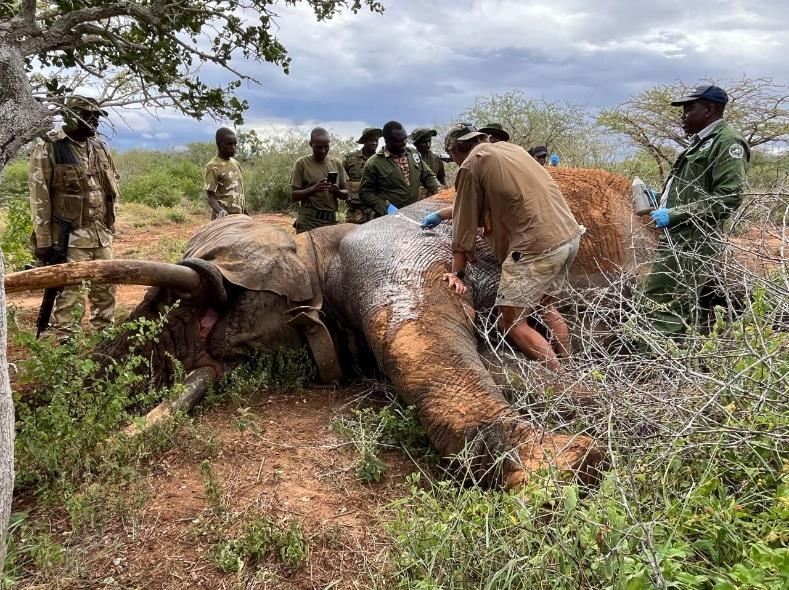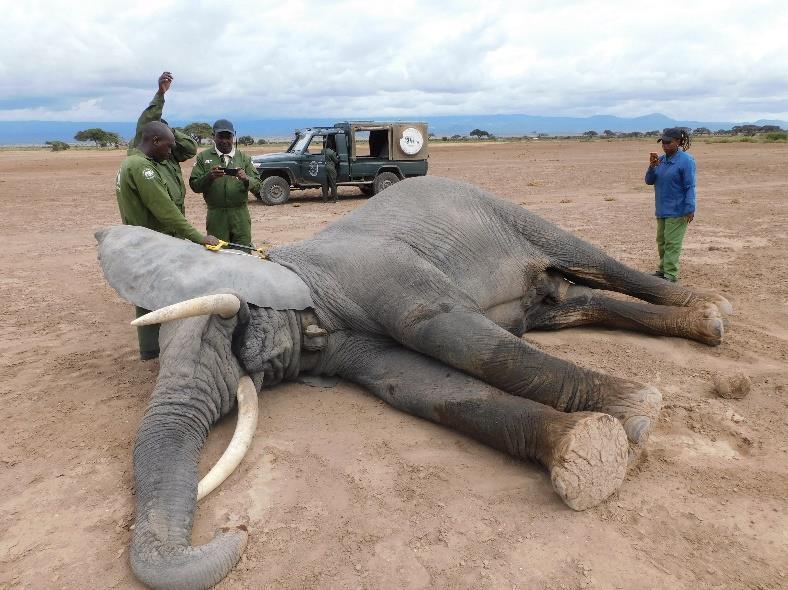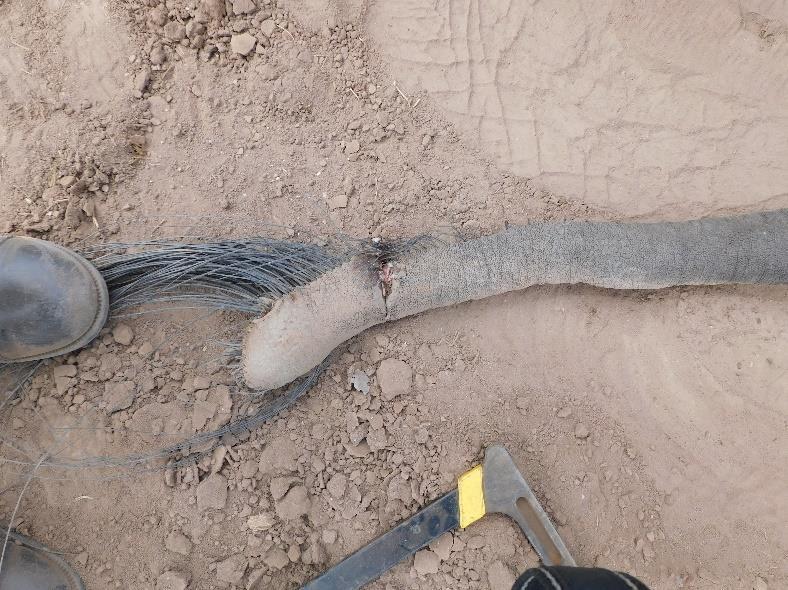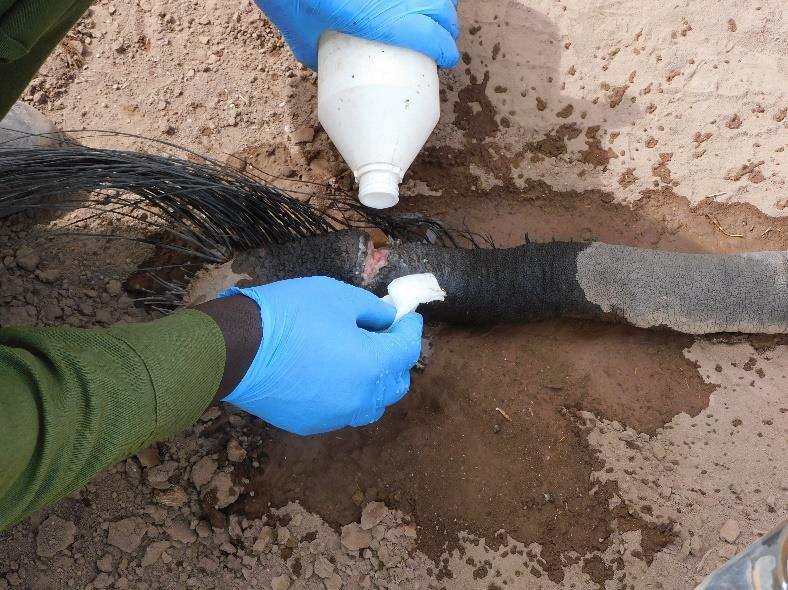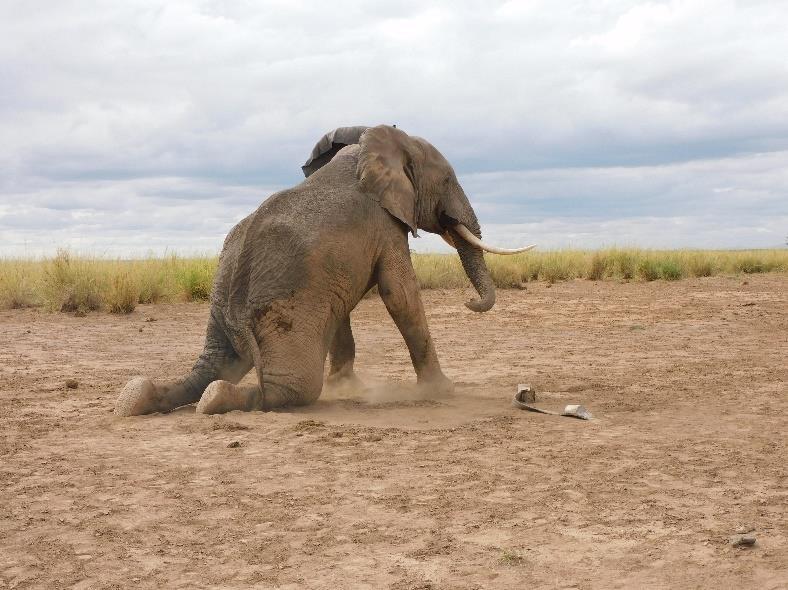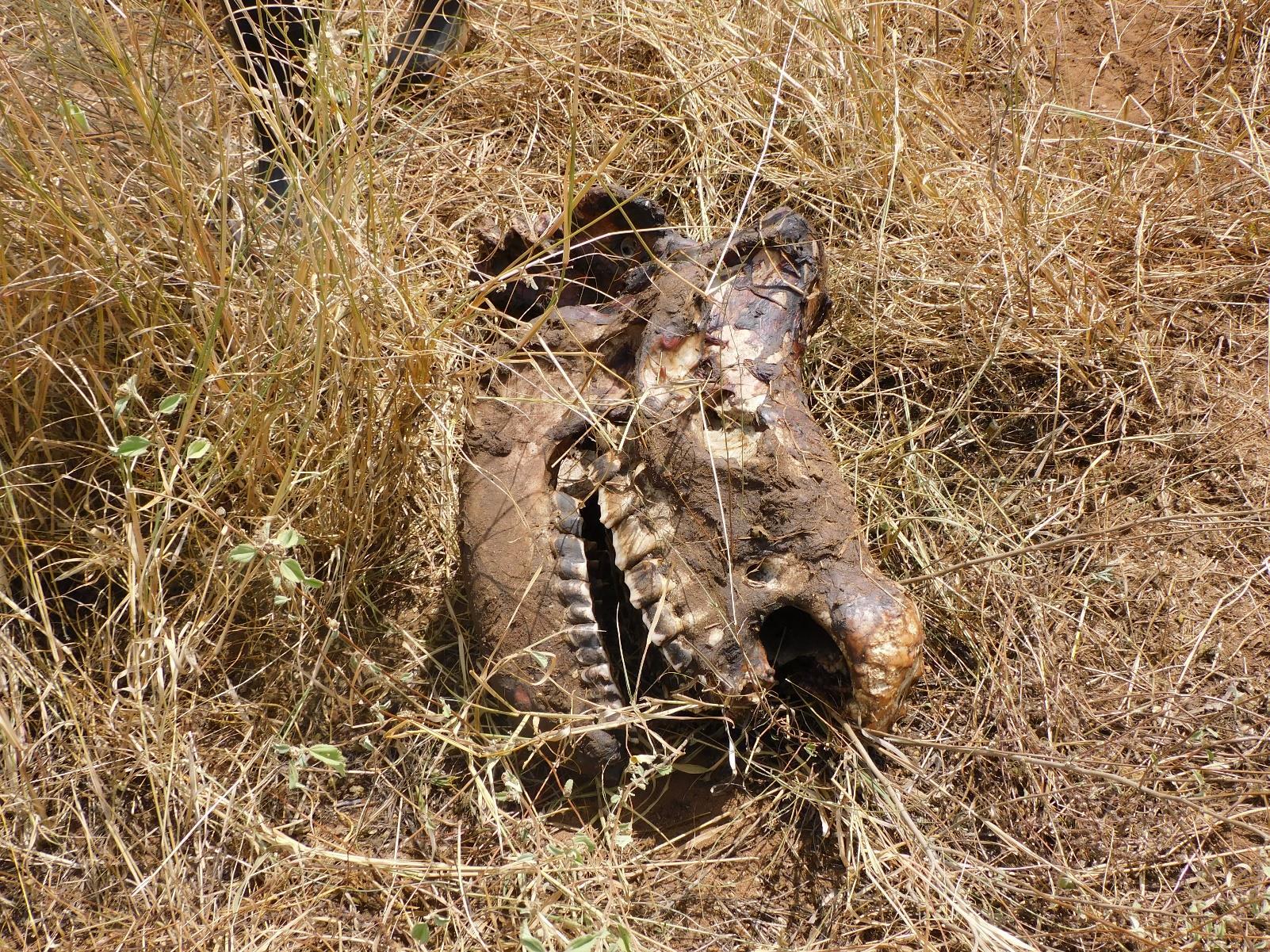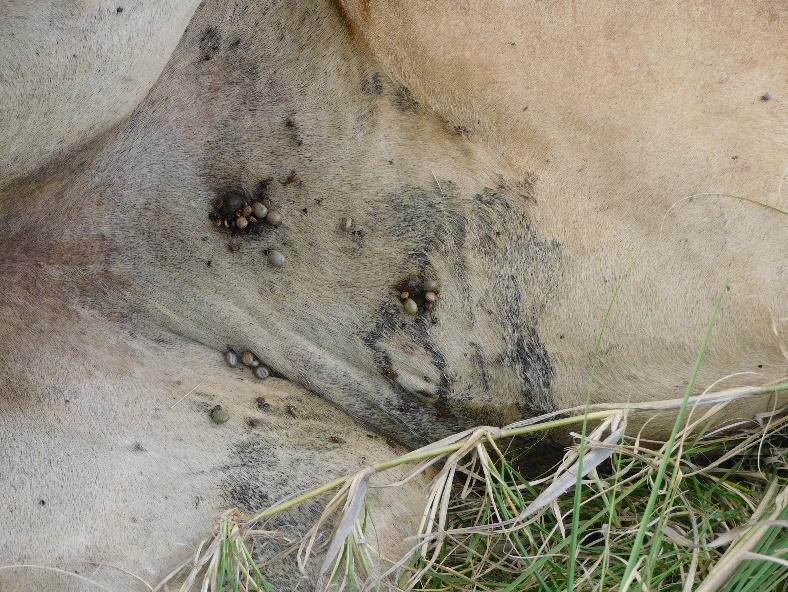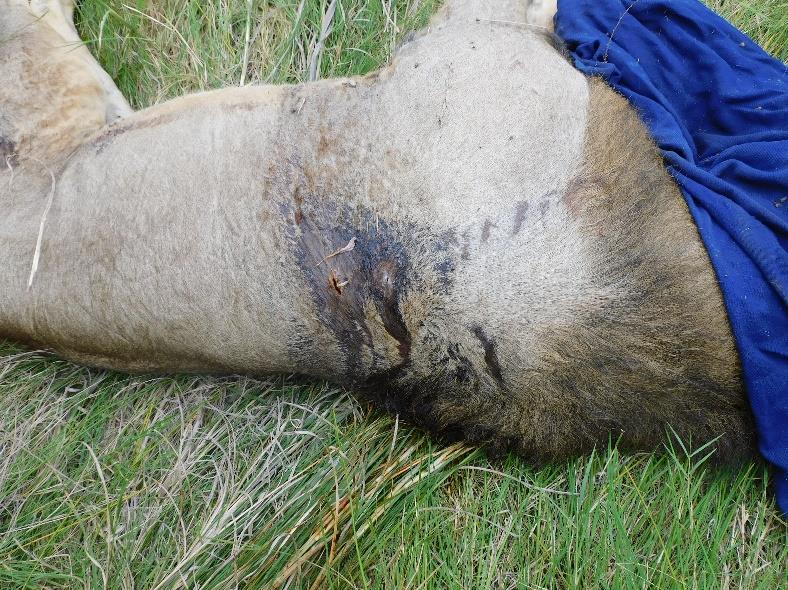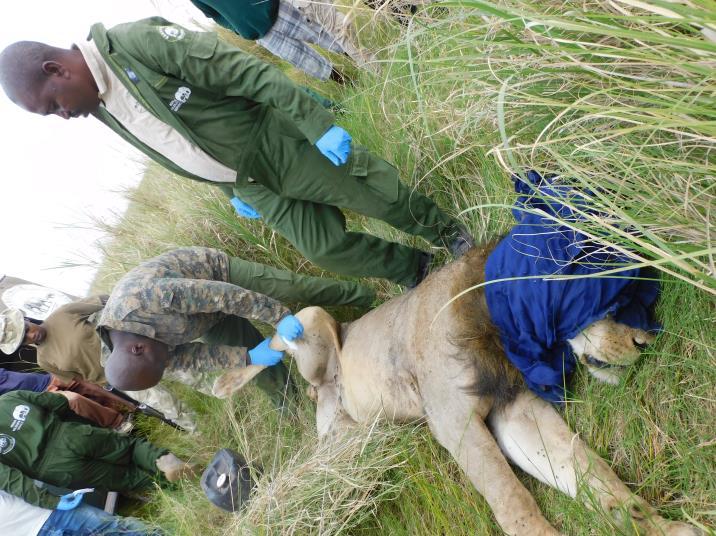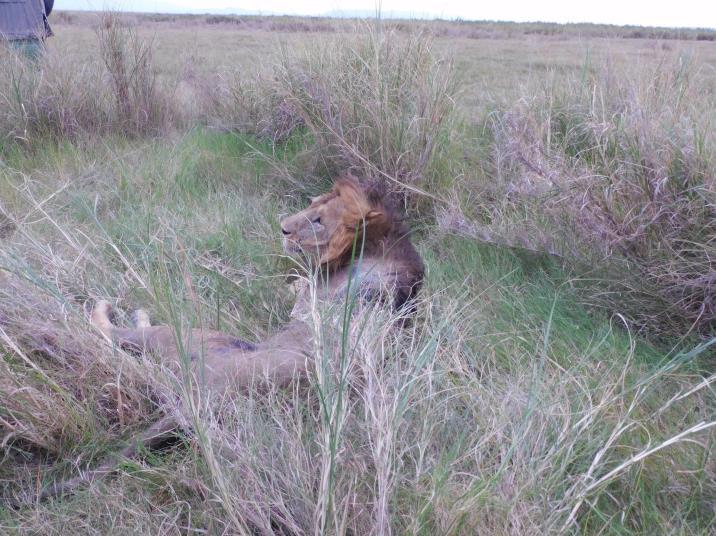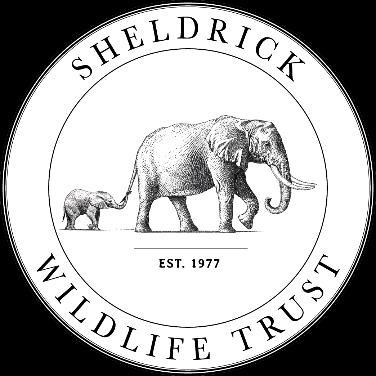
SWT/KWS AMBOSELI MOBILE VETERINARY UNIT
JUNE 2025
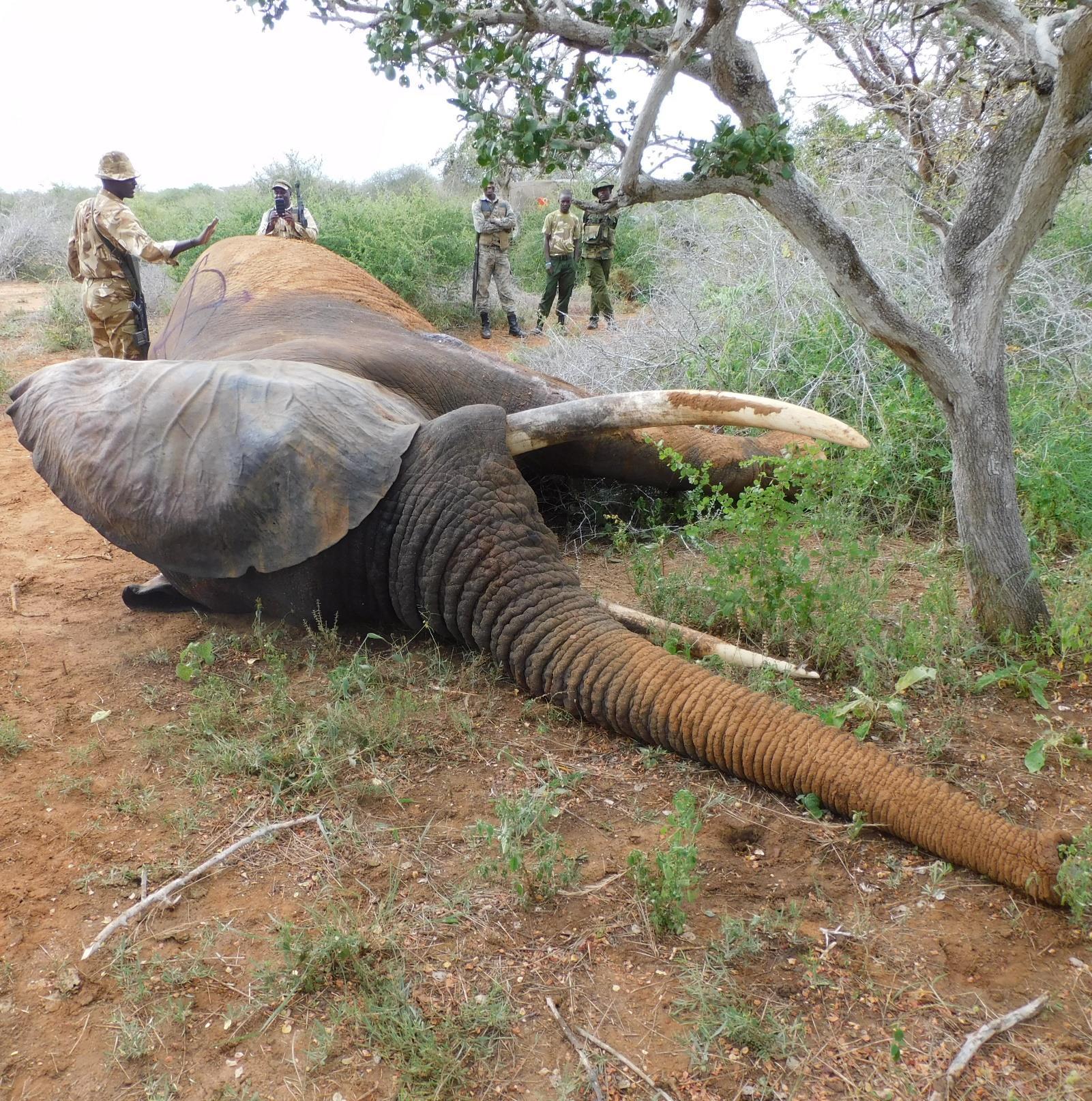


7 Cases in June 2025
June Report by Dr. Kariuki Edward

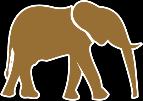
3 Poaching Cases 4 Elephant Cases
The Southern Conservation Area and the Amboseli Ecosystem experienced a hot and dry period in June 2025. The weather changed to cold and chilly days during the month but had no rain. Seven cases of veterinary importance were attended during the month and all involved animals with conservation concerns (more importantly, elephant, lion and rhino).
Acknowledgement
We thank Sheldrick Wildlife Trust (SWT) for material support and Mobile Unit funding. KWS Staff, MWCT, and BLF rangers for the field support and the monitoring of distressed wildlife in areas of interest are highly acknowledged and appreciated.
Case Details
1-Jun-25
Galana Ranch HWC To drive wildlife from the SELU farm into Galana Kulalu Conservancy Task Successful
4-Jun-25 Elephant Nasaru Conservancy Snared
The elephant had a cable wire around the right limb and below the tarsal joint Successfully Treated
5-Jun-25 Elephant Goshi Spear The bull had a wound on the right hindlimb suspected to be from a spear
5-Jun-25
Tsavo East NP Arrow A wound on the left forelimb and another on the thigh region of the left hindlimb
27-Jun-25 Rhino Black Tsavo West NP Postmortem
29-Jun-25
Treated
Assist in removal of a collar fitted on a male( Ibadan) elephant Task Successful
The black rhino was reported to have died three days before Died
Revealed severe bite wounds on the back and legs in addition to a suspected spinal cord injury
June 2025
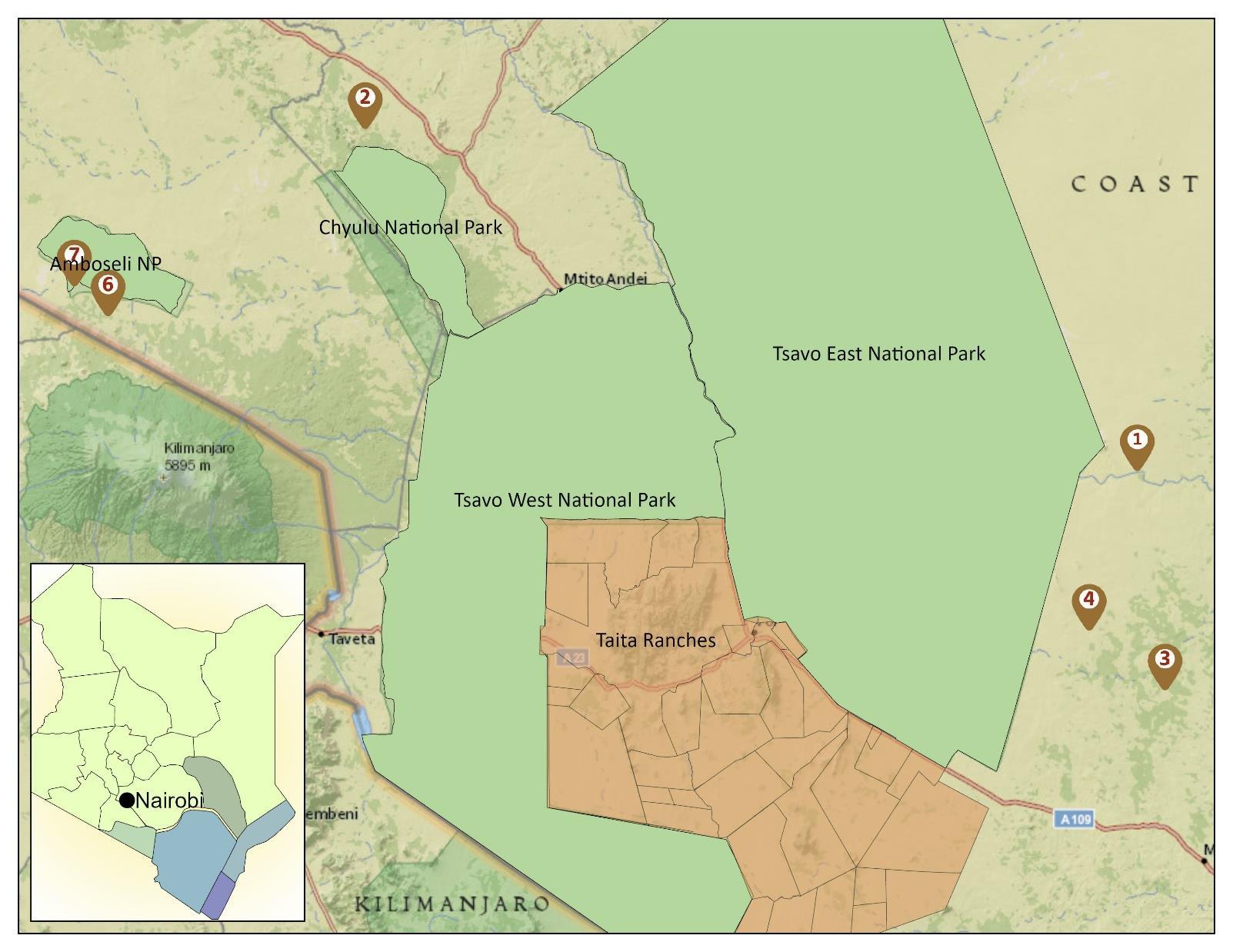
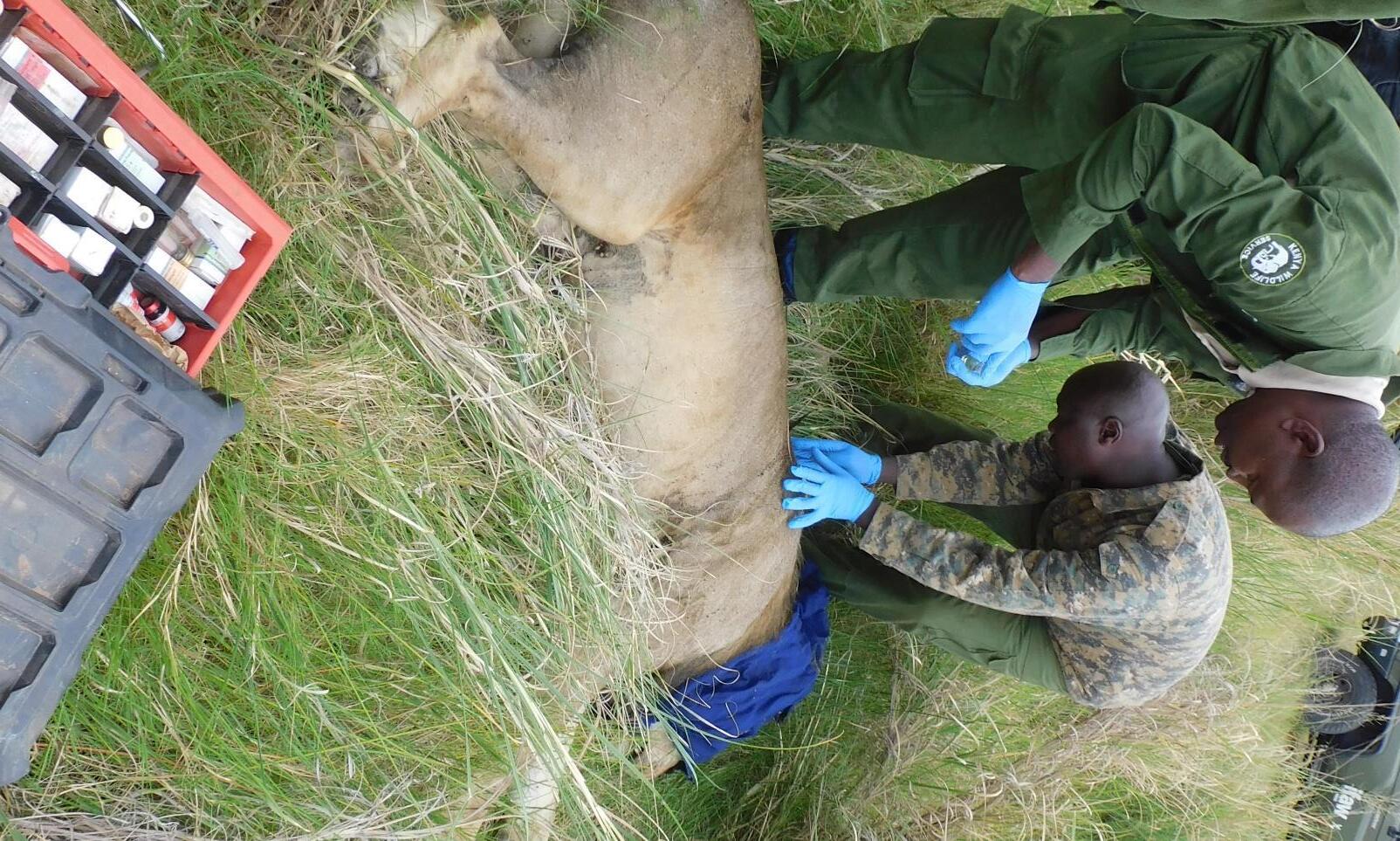
Antelope
Human-Wildlife Conflict Selu, Galana
Following the recommendations of a wildlife assessment report on the SELU farm on 14th May 2025, a team of 40 KWS security personnel and the Amboseli Mobile Veterinary team were tasked to drive wildlife from the SELU farm into Galana Kulalu Conservancy. A helicopter was sourced and the drive was conducted between 30th May 2025 and June 2nd 2025.
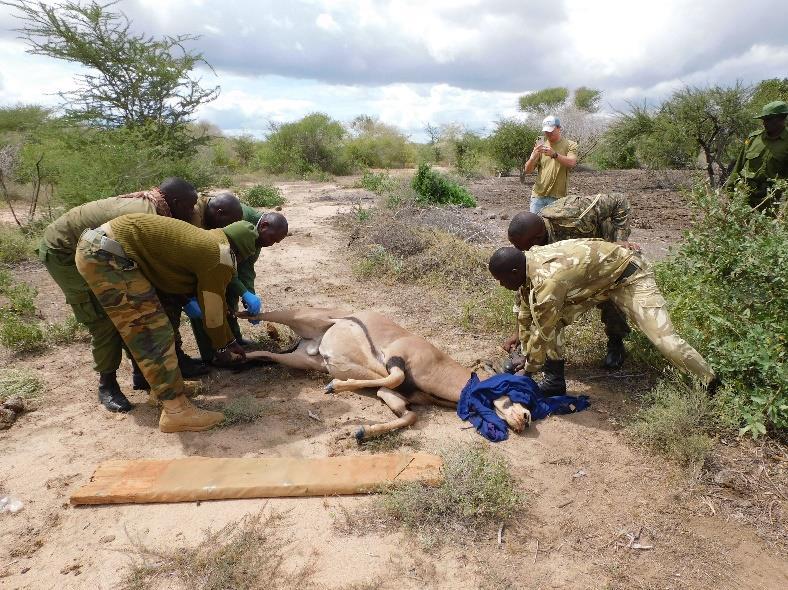
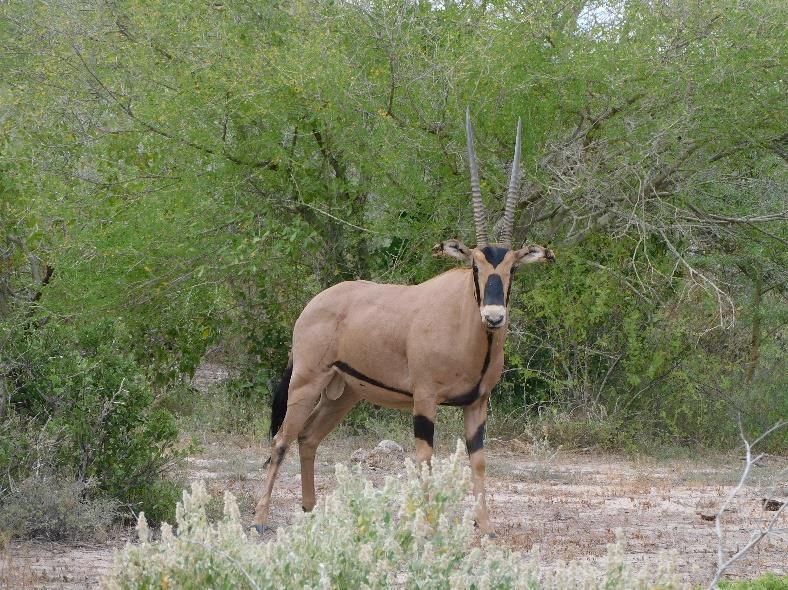
Discussion
The SELU farming area is subdivided into twenty-one planting plots measuring approximately 146 acres each. Most of the plots are currently ploughed, and planting is ongoing. The area adjacent to the farming plots (are composed of a bushy thicket that hosts 30 Oryx, 2 lesser Kudu, a hyena and approximately 100 Grant Gazelles. This area, therefore, forms an immediate risk for wildlife crop raiding. It’s with this risk in mind that the KWS veterinary and security team travelled to the SELU farm for a 3-day’ wildlife drive/ removal from SELU into the neighbouring Galana Kulalu Conservancy.
The relocation team were made up of 40 security and veterinary members with the support of the helicopter.
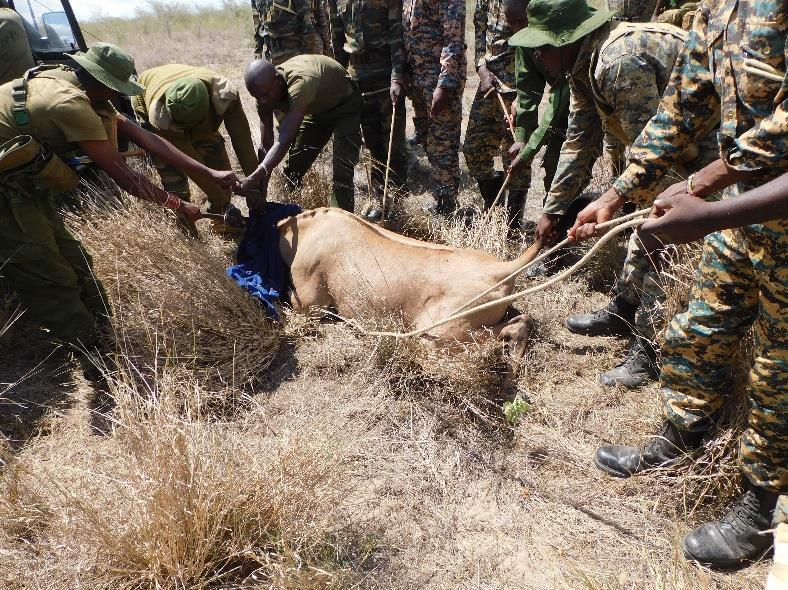

Wildlife Drive
The boundary fence(1km) was opened, and a helicopter was used for to drive wildlife outside the farm. The animals moved up to the fence but would always return on reaching the fence line. The helicopter either didn’t give enough pressure to force the animals out, or the bush around the outlet helped the wildlife to avoid the pressure. In an alternate method, the relocation team made a close-up formation to push the wildlife out in support of the helicopter, but the Oryx refused to move out. Further, it’s our observation that the Grant Gazelle groups are so isolated and not easily grouped and moved out. Immobilisation through helicopter darting helped in moving out four (4) Oryx into the Galana Kulalu Conservancy. Before the work was concluded, one of the four who moved out managed to break the fence back into the farm. The breakin was facilitated by the power cut during our working period. However, it was too fast for her to come back and may be associated with the distance away or close to her mates.
It’s our observation that a wildlife drive using 40 security rangers and the current helicopter did not achieve as much as we expected Areas adjacent to the farmland are composed of a thicket, and wildlife is using it as a hideout and safe area against human disturbance, e.g. the wildlife drive. The wildlife is so scattered that the veterinary team may require a longer time to capture and remove all the wildlife. More human power is required to help in supporting the wildlife drive or cutting down the thick bushes that may hinder wildlife from moving out. The farm (SELU) is willing to donate a manpower of about 30 strong men and women to assist in the animal drive or removal. With the current knowledge of the desire to hit back into the farm, it’s necessary to move the captured animals to a distance far from the current location (SELU/ Galana Farm).
Lastly, it’s good to note that the current wildlife is a remnant of a bigger population that was moved out using a helicopter and ground support of approximately 200 men and women. It's therefore likely that the remnant has been exposed to a drive and may not respond to most methods. Otherwise, all wild animals observed were in optimal health and adequately fed.
Recommendations
Adequate time is required to combine wildlife prior to capture, as well as remove thick bushes. The oryx are not easily accessible by vehicle and need to be immobilised from a helicopter. The matter is urgent since the planted crop is germinating. Any delay may help in making the area bushier due to the highly proliferative acacia or the growing maize crop.
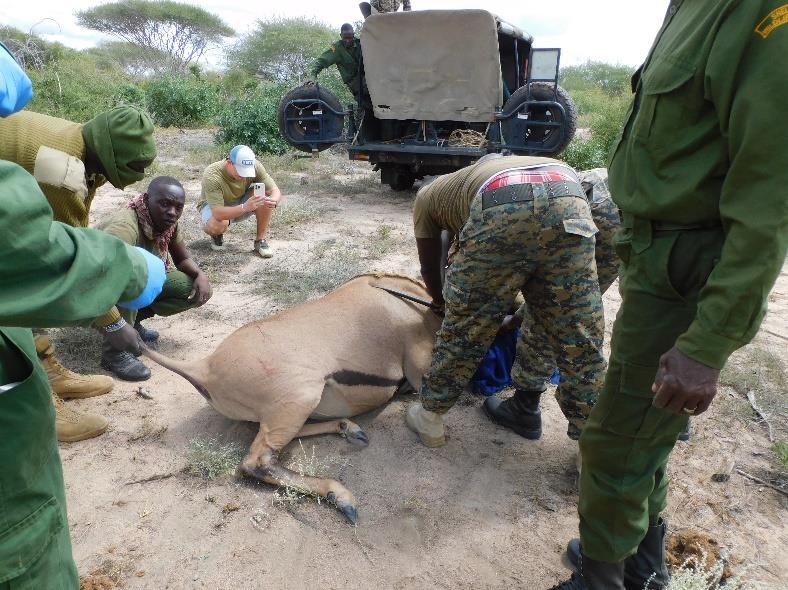
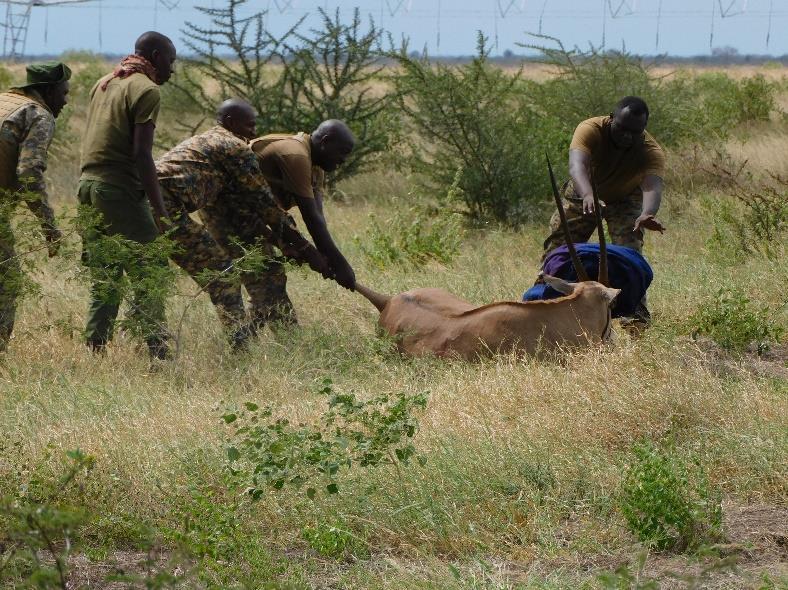
Elephant
Snared
Nasaru Conservancy
A male elephant was found lame and reported to AMVU. The vet team travelled to the site using an SWT Helicopter, and the same helped in immobilising the bull for examination and treatment.
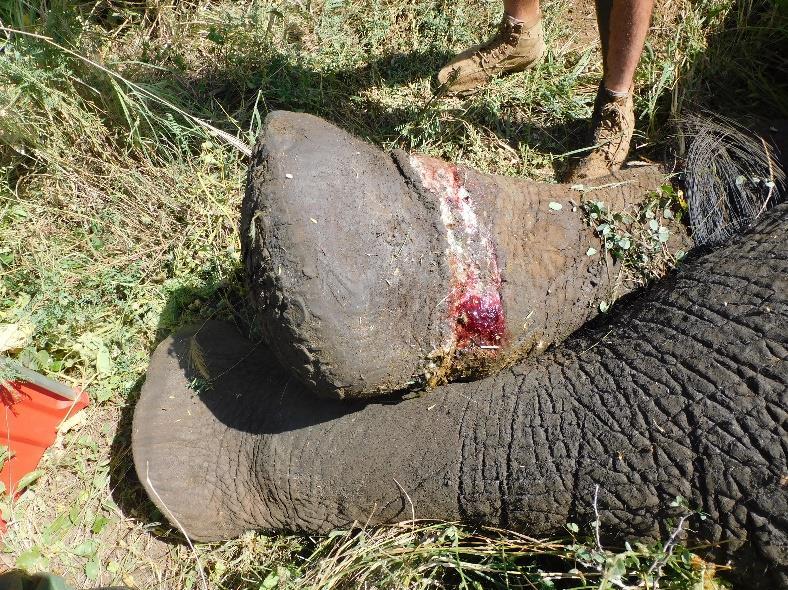
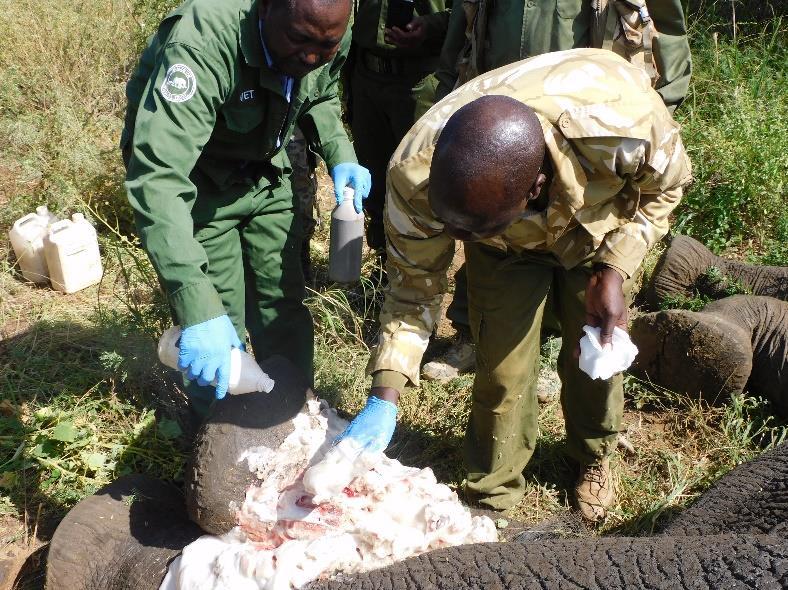
Immobilisation, examination and treatment
The elephant was successfully immobilised using 18mg of Etorphine HCl and attained full immobilisation in 8 minutes.
The elephant had a cable wire around the right limb and below the tarsal joint. The affected right hindlimb resulted in a wound with necrotic tissue, pus, and maggots. The cable wire was removed using a wire cutter. The wound was first washed with water to remove debris, then debrided using Hydrogen peroxide. Povidone Iodine was irrigated into the wound, and Alamycin spray was applied to counter local infection. Lastly, a layer of green clay was applied around the wound. A systemic antibiotic, Amoxicillin 100ml, was given intramuscularly. Dexamethasone 20 mg was administered intramuscularly to reduce pain and swelling.
Prognosis
The elephant was revived and favourably woke up shortly after drug administration with a good prognosis

